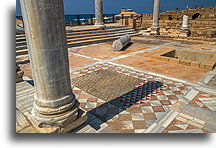
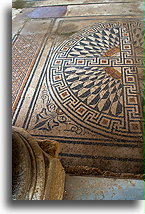
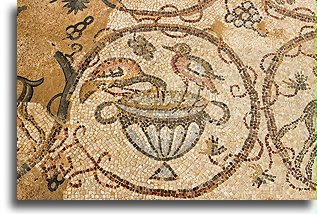
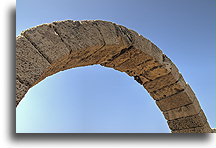
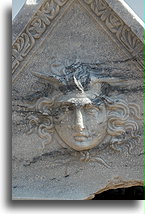
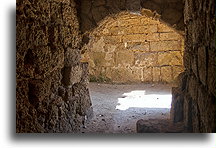
Around 35 BC, King Herod built a coastal city and named it Caesarea (today in Israel) in honor of Augustus Cesar, his patron. The city was well supplied in water, had bathhouses and other places of entertainment. The Romans built a deep sea harbor, storerooms, markets, wide roads, and temples. When Jews rebelled against the Romans and after the destruction of Jerusalem in AD 70, Caesarea became the Roman capital of the Judea province. Later during the Byzantine and Muslims periods city diminished. It blossomed again when the Crusaders captured it in 1101. The French king, Louis IX fortified the city, ordering the construction of high walls and deep moat. A century and a half later, after the Mamluk Sultanate conquered the city, Caesarea was destroyed and abandoned.
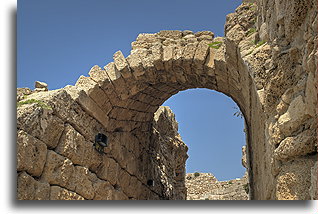
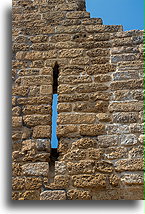
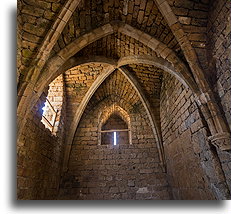
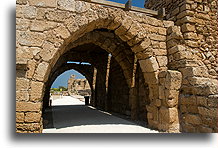
In the first or second century, King Herod's harbor was struck the tsunami. The wave must have been powerful enough to damage and destroy the seaport. The wharf collapsed and is now more than 5 meters underwater.
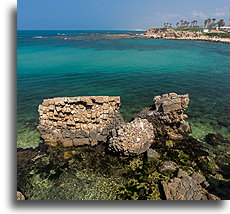
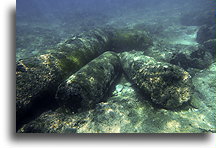
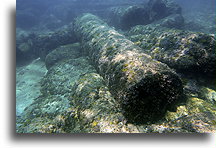
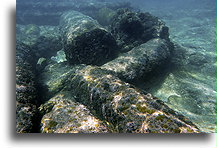
The old harbor of Caesarea can be explored by diving underwater. In 2015, divers found here almost 2,000 gold coins in different currency. The earliest coin in the treasure was a quarter dinar minted in Palermo, Sicily in the second half of the ninth century. Many coins were from Egypt and North Africa. Some coins had teeth and bite marks, evidence they were "physically" inspected. The thousand-year coins buried on the seabed can help you understand the trade of that era. I was not so lucky when diving. I came only across numerous columns of collapsed buildings.




